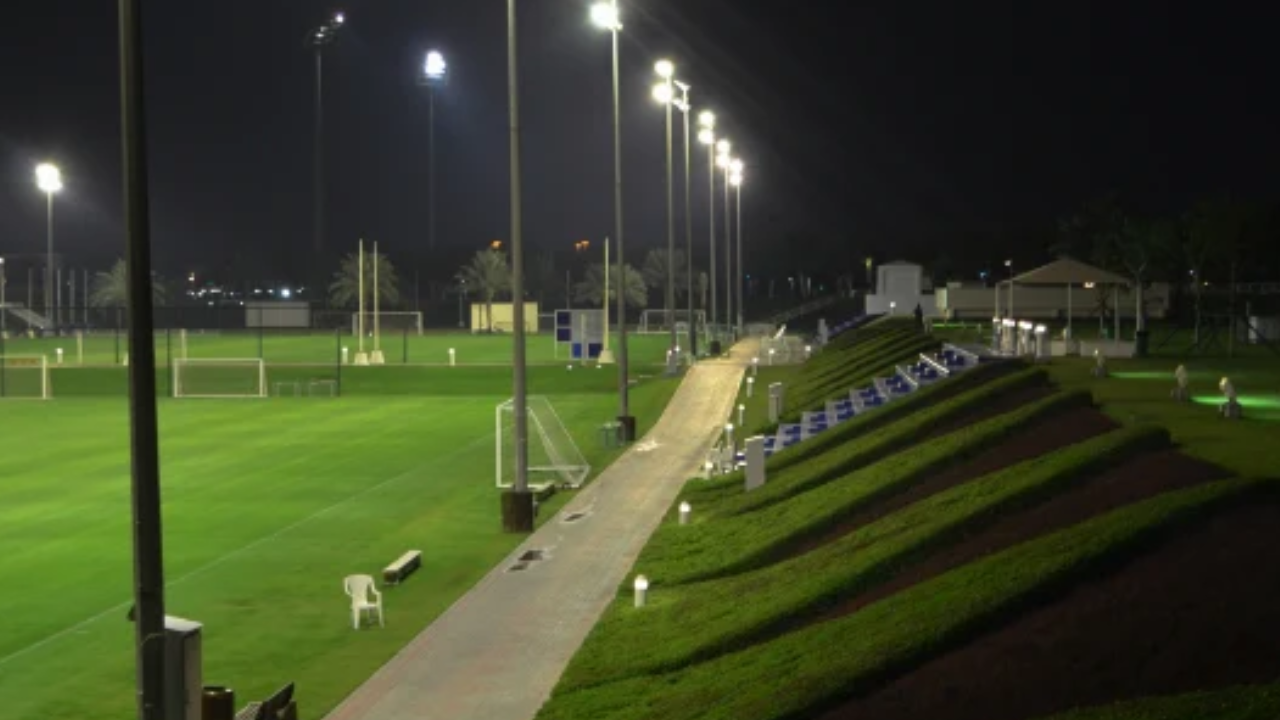Helpful is a software engineer with a background in software engineering. He enjoys working on different projects and expanding his knowledge in the field.

Specialized illumination is necessary for Pickleball, a fast-expanding sport, to improve gameplay and guarantee player safety. Pickleball players compete in quick rallies across a smaller court, therefore uniform illumination is necessary to reduce shadows and glare. LED lighting has emerged as the standard due to its energy-efficient nature, long lifespan, and improved visibility. Perfectly positioned fixtures with accurate optics aid in managing light dispersion, guaranteeing ideal circumstances for player concentration.
Proper lighting helps players coordinate and track the ball more accurately, especially in Pickleball Court Lights, where quick movements and accurate strokes are essential. To further ensure a uniform and secure playing environment, compliance with lighting regulations, such as those established by groups like the USA Pickleball Association (USAPA), is essential. Pickleball is made better by thoughtful lighting design, which encourages both leisure and competitive play.
Are There Any Particular Rules Governing Lighting At Stadiums?
Yes, there are rules specifically for stadium lighting to guarantee uniformity, safety, and visibility. Guidelines are provided by groups such as the Illuminating Engineering Society (IES) and the International Association of Athletics Federations (IAAF). Rules address things like glare control, color rendering, homogeneity, and illumination levels. Adherence to international standards for sporting venues is essential to establishing a fair and safe playing field. To develop and execute lighting installations that meet industry standards, designers and operators need to be aware of these rules.
Impact Does the Kind of Sport Have on the Lighting Needs
Sports are a much diversified field, with anything from fast-paced team sports to precise individual contests. The type of sport being played within this large area has a significant influence on the lighting requirements of the venues holding these events.
Intensity Matters
A crucial component of sports lighting is intensity, which has a direct effect on gameplay quality. High-intensity illumination is necessary for team sports with fast-paced action, like rugby and soccer, so players can see the ball and opponents well. However, some activities, like golf, might not require as much brightness. It’s critical to comprehend the needs of every activity to choose the right illumination level, provide maximum visibility, and enable athletes to perform precise activities in a variety of athletic conditions.
Controlling Glare for Visual Comfort
Uncontrolled or overly bright light can produce glare, which can be uncomfortable for players and spectators alike. Effective glare reduction is essential for outdoor sports like baseball, where games frequently go into the evening, to reduce distractions and guarantee clear vision. Conversely, shiny surfaces and other glare sources must be carefully considered when playing indoor sports like basketball or gymnastics. One of the most important aspects of glare management is light placement and angle.
Color Rendering for Accuracy
In sports, where players must be able to discern between various colored items, such as balls, clothing, or field markings, accurate color rendering is essential. For example, proper color representation is essential for tennis and soccer players to effectively track the ball’s trajectory.
For fast player identification in sports like basketball or volleyball, where players don unique team uniforms, color rendering becomes essential. Different lighting methods have varying effects on color rendering. Sports facilities are increasingly choosing LED lighting due to its superior color rendering capabilities.
Adaptability and Flexibility
Sports lighting design requires careful consideration of adaptability and flexibility. Sports facilities frequently hold a variety of activities, such as training sessions and contests. Lighting systems need to be simple to modify to accommodate various activities, guaranteeing the best visibility and establishing a flexible space.
An essential role is played by programmable controls and modular fixtures, which enable operators to customize lighting settings according to the demands of a given event. This flexibility maximizes the facility’s use for a variety of sporting and non-sporting events while also improving overall functionality.
Technology Integration
Playing with lights that include technology has completely changed the game. Adaptable and dynamic lighting settings are provided by responsive LED systems, which boosts watching pleasure. Lighting for particular sports or events can be customized thanks to programmable controllers.
Moreover, motion sensors and automatic controls provided by technology help reduce energy use. Technological integration has a tremendous impact on both player performance and spectator experience. These innovations not only improve operational efficiency but also elevate the whole atmosphere of sports stadiums.
Conclusion
Sports facilities’ lighting needs are significantly influenced by the kind of sport being played. It is imperative to customize lighting solutions to match the unique requirements of individual sports to guarantee maximum visibility, safety, and performance. A strategic approach to lighting for sports venues enhances not only the usability of buildings but also the prosperity and longevity of sports arenas across the globe.
